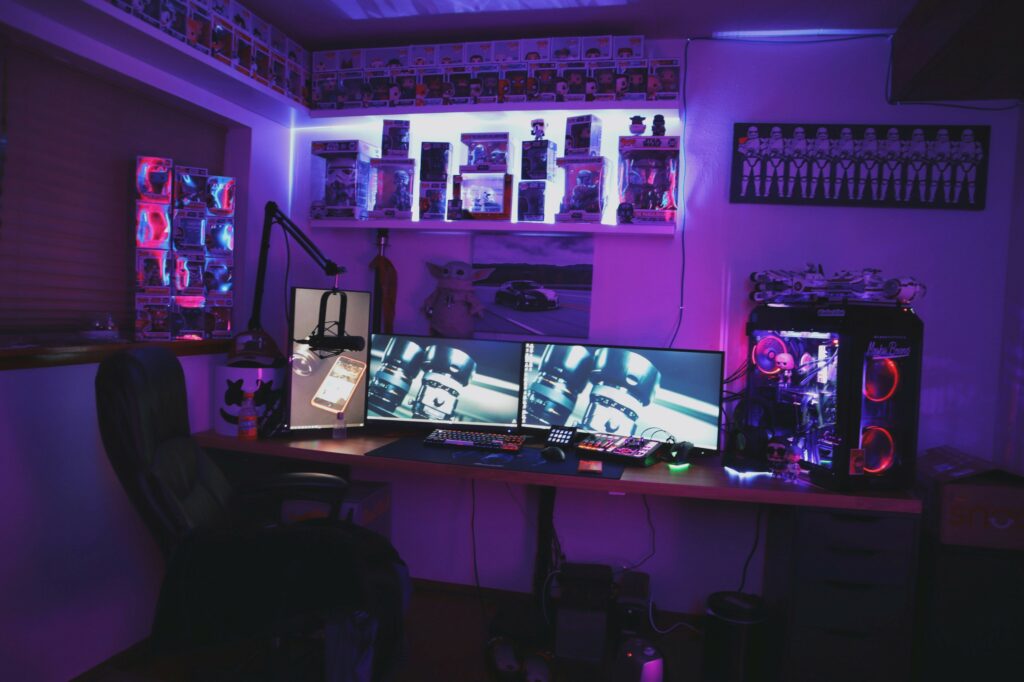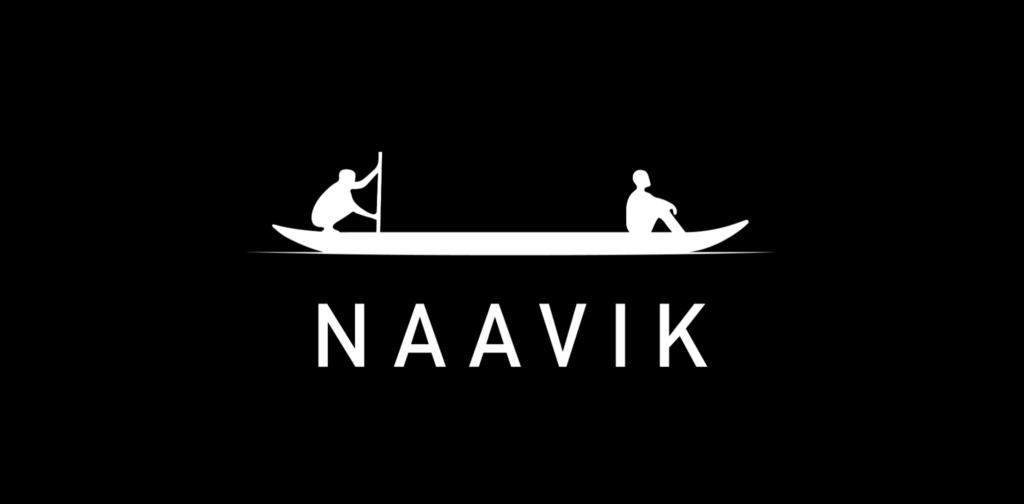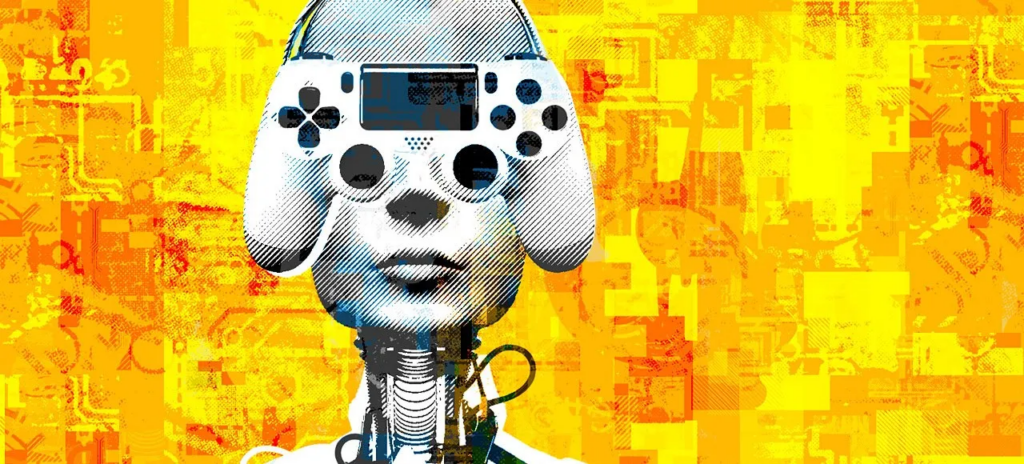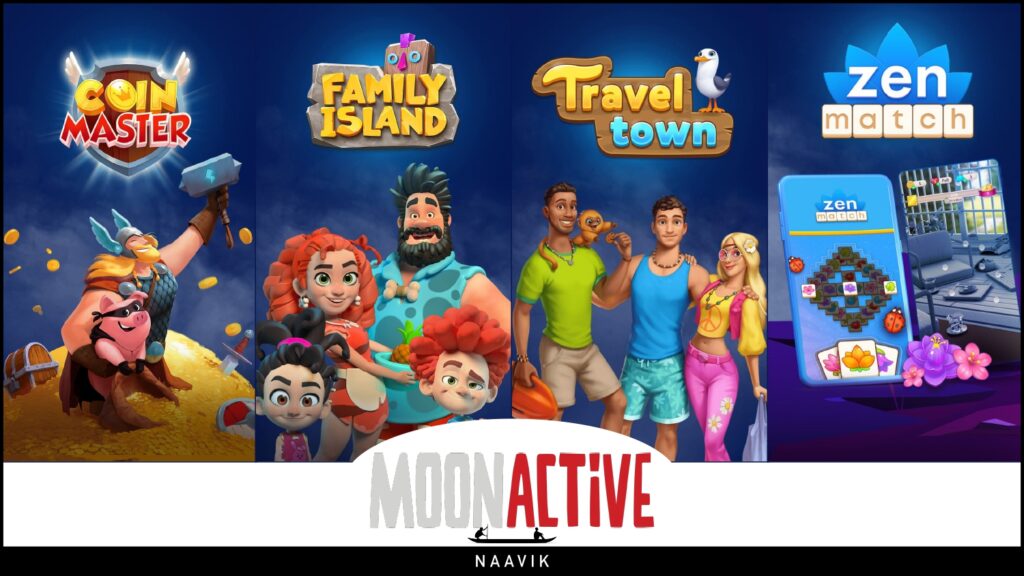Starfield is shaping up to be everything Microsoft and Bethesda needed it to be. The open world sci-fi RPG landed on Xbox and PC last week in an early access launch for preorder customers. Starting Wednesday, September 6th, the game will be widely available for purchase and playable on Game Pass for subscribers after a nearly eight-year development cycle and unprecedented expectations for success.
It’s not an overstatement to say this is the most consequential Xbox exclusive to launch in over a decade — since Halo 4 arrived as the Xbox 360’s swan song in 2012 — and far and away the most important title to ever launch on Game Pass. The situation for Xbox looks much different today than it did 10 years ago. After the struggles of the Xbox One led Sony to take a seemingly insurmountable two-to-one lead in the last console generation, Microsoft has radically revamped its gaming strategy to include mega-acquisitions, subscription gaming, cloud streaming, and a cross-platform strategy that supports new game launches on a variety of different devices.
The Xbox ecosystem, while not completely divorced from unit sales, is now more focused on growing the overall gaming audience beyond the constraints of any one platform, with Game Pass acting as the pillar. With stellar reviews rolling in and what’s poised to be a tremendous launch event for Starfield, Microsoft can finally start to breathe a little easier as the pieces of Xbox chief Phil Spencer’s grand vision start clicking into place.
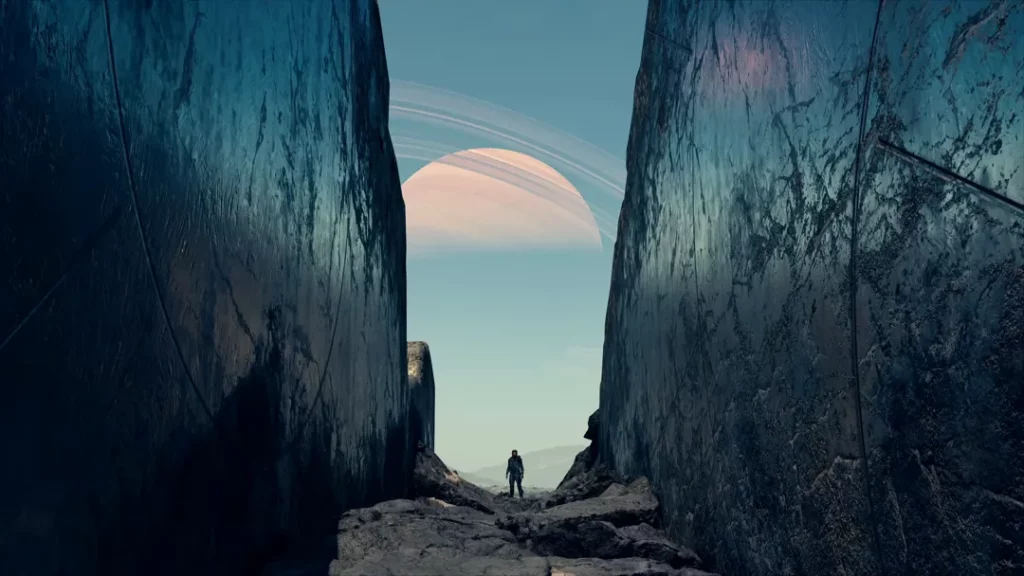
Starfield Might Be the Most-Played Bethesda Game Ever
Thanks to Starfield’s “dual purpose,” as Xbox chief marketing officer Jerret West has said, the game should both drive unit sales and hardware sales while also driving Game Pass subscriptions. While we know Halo Infinite notched the biggest Halo launch in history with more than 20 million players in less than two months when it launched in December 2021, it seems plausible Starfield could outperform that figure.
- "[Starfield] certainly will drive Game Pass subscriptions [and] it will certainly drive a lot of base game purchases, because it really does come down to just the purchase preference," West told Gamesindunstry.biz in an interview.
- For gamers, the calculation of what platform to purchase or play Starfield on won’t be quite as complex as it seems on the surface. For diehard Bethesda fans on either Xbox or PC, it’s likely these customers will buy the game outright, especially if they’re PC gamers who prefer Steam as their primary launcher and look forward to the inevitable modding future that awaits Starfield once the PC gaming community really sinks its teeth in.
- Early reviews and performance tests also have indicated that the game not only runs great on Xbox Series X, but it also performs surprisingly well on the Series S, thanks to some frame rate compromises Bethesda made. That should assuage any concerns Xbox gamers have over the game’s performance on console, especially in light of the struggles fellow RPG developer Larian Studios went through trying to optimize Baldur’s Gate 3 for the Series S.
- Bethesda smartly made the game available a week early for preorder customers who bought the game outright, ensuring its most loyal fans would pony up to play the game as soon as possible. For Game Pass subscribers, Bethesda also gave them the option to pay an extra $35 for the premium edition of the game to access it early if they opted not to buy it at full price.
- For most everyone else, though, Game Pass will be a major entry point into Starfield because it will let players experience the game for as little as $10 per month. Speaking to The New York Times, Spencer said Microsoft would judge Starfield’s success based on how many people play. “Everything comes from that. How many people are playing across devices?” Spencer said. “I want Starfield to be Bethesda Game Studios’ most played game ever.”

Game Pass was in Desperate Need of a Title like Starfield
While Microsoft has had a refreshing string of medium-sized and indie hits releasing onto its subscription platform over the last 12 months, including Tango Gameworks’ Hi-Fi Rush and Obsidian’s Pentiment, the service has lacked blockbuster games. Starfield should satiate most players in that department for many months to come.
- The last AAA, first-party exclusive on Game Pass published by Xbox Game Studios was Halo Infinite in December 2021, with much of the weight in the interim being pulled by its Bethesda Softworks subsidiary.
- Still, one of the four major Bethesda releases since 2021, Arkane’s Redfall, was a major flop due to a lack of polish and lackluster game direction. The release called into question Microsoft’s stewardship of Bethesda and also disappointed Game Pass subscribers and Xbox fans who had hoped for a promising new IP to enjoy.
- During the FTC v. Microsoft litigation earlier this summer, Spencer revealed that the motivating factor behind acquiring Bethesda was learning that Sony might try and make Starfield a PlayStation exclusive. “When we heard that Starfield was going to potentially end up skipping Xbox — we can’t be in a position as a third-place console where we fall further behind on console ownership,” Spencer said. “We had to secure content to remain viable.”
- With Starfield, the current state of Game Pass is much more indicative of the kind of value Microsoft wants its subscription platform to offer to all types of players. It also brings in new players with the brand-name recognition alone, which in turn drives the discovery engine of Game Pass.
- “There is no question that Starfield is critically important for something like Game Pass because it attracts new consumers," Xbox’s West told Gamesindustry.biz. "But really what sustains a subscriptions business is when you attract consumers and then also engage them. And these types of games — Vampire Survivors, Dungeons of Hinterberg, Jusant, Pentiment — these are the games where people play and find joy, and they discover them in a subscription model where they might not want to pay $60, $70 or something like that.”
- West said Starfield will be a “what really gets people experiencing what the subscription model is like, and then discovering all of the wonderful games that sit alongside it within the catalog,” and that it “plays a vital role in discovery of new types of IP, but also in driving more engagement for the subscription as well."
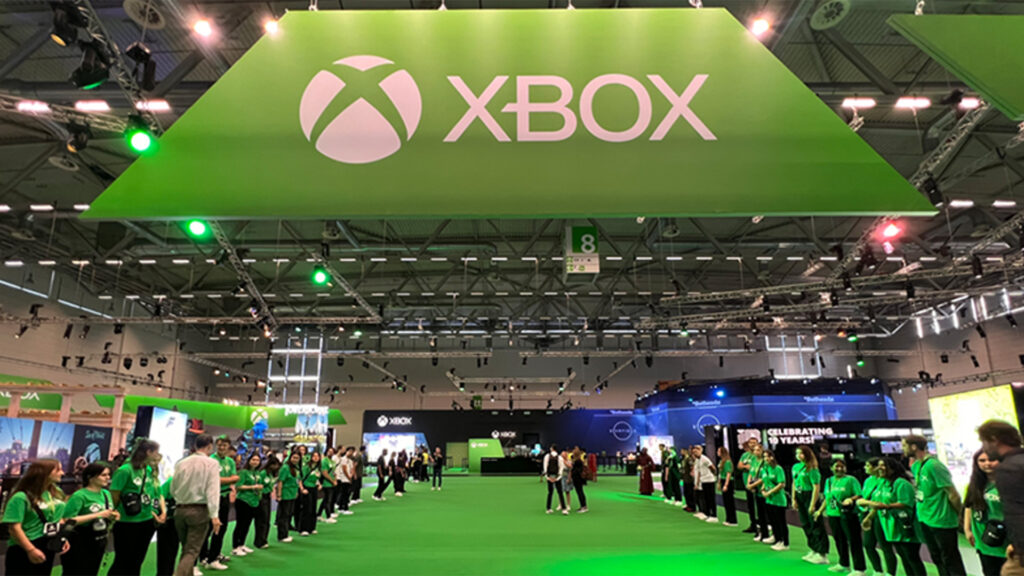
Microsoft’s Comeback Doesn’t End with Starfield
While the game is clearly a positive sign and stands to be one of the most-played and successful Xbox games in recent years,the company has a long road ahead to realize its vision of a Netflix-for-games. If Microsoft is to bridge platforms and relieve the console industry’s reliance on hardware and software sales, it just bought itself some time. But the real work begins now.
- From here, the company will need to deliver a steady stream of new, well-reviewed games of all shapes and sizes, if it’s to continue not only growing Game Pass but achieving the much harder feat of keeping its existing subscribers around. As of January 2022, the service had 25 million monthly subscribers. But Microsoft hasn’t released an updated metric since, suggesting that growth has slowed.
- While there isn’t much data regarding to what degree major, first-party releases drive subscription growth in the Game Pass model, it’s conceivable that Starfield millions of players — potentially even tens of millions — will access the game through Microsoft’s subscription platform, and that a double-digit percentage of that figure might be new sign-ups.
- We know Microsoft missed internal milestones for Game Pass growth in the fiscal year that ended June 30th, 2022, according to financial filings. Late last month, market researcher Circana also reported that U.S. spending on subscription gaming appears to have plateaued around $400 million per month, the same level it hit in November 2021, partly due to subscription fatigue, higher prices, and (as Microsoft knows full well) a lack of AAA games. In April of this year, Cricana said subscription spending experienced only a 2% year-over-year increase.
- That doesn’t mean Game Pass won’t continue to grow, especially if Microsoft keeps delivering games like Starfield. But it will grow more difficult over time to acquire new customers, and Microsoft will have to continue a strong pace of new releases onto the service to avoid aggressive subscriber churn.
- Spencer was open about the challenges of subscription gaming last fall, when he revealed that Game Pass, while profitable, accounts for only about 15% of the overall Xbox business. “I don’t think it gets bigger than that. I think the overall revenue grows to 15% of a bigger number,” he said, “but we don’t have this future where I think 50–70% of our revenue comes from subscriptions.”
- Spencer may have been downplaying the role of subscriptions in the Xbox business — especially considering the regulatory scrutiny the company has faced over its Activision Blizzard deal. But that thinking does indicate the company’s strategy involves a mix of revenue streams instead of a wholesale shift to the Netflix model, at least for the foreseeable future.
- “So 15% of a bigger number” is the key quote from Spencer there, as Microsoft’s strategy now is about growing its audience beyond just console and PC to mobile and cloud. So, while it might not ever convert fully to a subscription business model with Game Pass, it does want to grow the overall pie, which in turn helps Game Pass become a bigger revenue-generator as a result.
- Regardless of how much of an impact Game Pass will have on Microsoft’s future financial results, there is no switch the company can flip to convert all its existing players into paying subscribers. Microsoft is now well into a hybrid period with its gaming business, one that involves mixed revenue streams and supporting a variety of choices. Most consumers will pick whatever deal makes the most sense to them, so Microsoft can’t afford to push too hard in any one direction, or it risks losing customers by restricting the available options.
- The best evidence that Microsoft’s approach works is Starfield’s strong sales performance on Steam in combination with it being a potential major driver of Game Pass sign-ups. This mixed model might well be the future of Xbox, but it depends on the company’s longer-term execution and how its first- and third-party lineup evolves.
It might be some time before Microsoft and Bethesda deliver another game as large and consequential as Starfield. Fallout 5 and The Elder Scrolls VI are years away, and 2024 will be a quieter year except for some bigger exclusives like Avowed and Senua's Saga: Hellblade II.
But if Microsoft can complete its purchase of Activision Blizzard, which now looks all but certain pending the regulatory quagmire the company has been dealing with in the U.K., that will surely supercharge Game Pass down the line with new Call of Duty entries, Blizzard’s portfolio, and other synergies between the two gaming behemoths. It’s a bright moment for Xbox and what feels like the culmination of more than six years of strategic maneuvering — since the modest launch of Game Pass in June 2017 — to get here.
Many unanswered questions remain about where console gaming and the broader industry go from here. We don’t know how subscription economics will play out for larger publishers in the long term, and how the subscription model might change traditional models of funding, development, and distribution for better or worse. The jury is still out on whether the game industry can, or should, ever look like music or television, especially considering the labor and profitability hurdles that subscription models have helped create.
Microsoft still has much to prove and requires a much more consistent cadence of big releases like Starfield. But it’s more likely than ever that the console war narrative of being stuck in third place could one day be replaced — by one where Xbox is the company leading the charge toward a more healthy, diverse, and platform-agnostic future for gaming.
This post appeared in the Tuesday, September 5th version of Naavik Digest. If you enjoyed it, please consider forwarding it or sharing the piece with your followers. Also, remember to subscribe to Naavik Digest here.
Sponsored by Dive: Enterprise-grade BI-as-a-Service Solution

Dive is the only tailor-made, cross-platform, BI-as-a-Service provider for gaming studios. Dive’s outsourced data service and tools replace the need for a full in-house team, saving studios hundreds of thousands of dollars annually.
Dive was founded by Elad Levy — an industry veteran, investor, and advisor, who sold his previous gaming company to Playtika and scaled it to a $1 billion valuation using the power of data. Dive manages over 60 million MAU of data from game studios, handling everything from the technical aspects of data to the analysis:
- Designing, creating, and maintaining a Data Warehouse per studio
- Data ingestion from different sources (client, s2s, marketing networks, attribution providers, etc.)
- Normalizing, processing, and validating the data
- Visualization: creating easy-to-follow dashboards and ad hoc analysis
- Segmentation of data for easy-to-use Live Ops events
We help analyze anything from game economy balance, retention, progression, ROAS, and other business KPIs to more complex analysis and prediction models. And we’ve built an enterprise-level Live Ops tool that enables our partners to take action on that data.
Interested in learning how Dive can unleash the power of data for your business?
#2 Gaming Market Update: August 25th – September 1st
By Mario Stefanidis, CFA, Naavik Contributor
- For the week ending September 1st, 2023: The average return for gaming companies tracked by Naavik with a market capitalization exceeding $500 million was 3.7%. The S&P 500 returned 2.5% and the Nasdaq-100 returned 3.7%. Full access to the Naavik Gaming Company universe is available here.
- Embracer Group (STO: EMBRAC-B) rose 16.4% following several restructuring announcements geared at increasing profitability. On August 31st, Saints Row developer Volition Games said in a statement it would be closing after 30 years of operation. The studio's last title was Saints Row in 2022, a reboot of the Saints Row series and its fifth main installment. The game received mixed reception, with a Metascore of 65 for the PC version and a much lower 2.5 User Score. The studio had over 200 employees.
- On September 1st, news broke that Embracer’s cost-cutting had hit Gearbox Publishing subsidiary, which is the publishing arm of Borderlands developer Gearbox Software, in the form of layoffs. According to one former employee, those affected were blindsided by the news, as there had been no indication Embracer’s restructuring efforts would impact Gearbox. The studio just published Remnant II in late July, which became that month’s best-selling game in the U.S., with over 1 million in unit sales. Unfortunately, Embracer’s restructuring plan is expected to be fully implemented by October 1st, meaning further layoffs are expected.
- Modern Times Group (STO: MTG-B) rose 18% after announcing a SEK 300 million ($27.2 million) share buyback program that will begin on September 4th and last until December 31st. This amounts to about 3.3% of MTG’s current market cap. In the press release, MTG stated the program “will provide a flexible and sustainable increase” in shareholder value, resulting from the company’s “strong balance sheet.” According to its authorization given at the annual meeting in May, MTG can hold up to 10% of its outstanding shares in its treasury. Currently, it holds 6.9 million shares, or just over 5% of the total outstanding shares. If MTG-B stock continues to increase, this program will bring treasury shares near this threshold, meaning management may increase its allowance over time.
Notable Venture Financing Deals
- Pitchbook’s Q2 2023 report on the gaming VC landscape showcased a large year-over-year decline in investment activity. The quarter had 110 total deals, a 29% increase from last quarter and down 57.5% from a year prior. In terms of deal value, Q2 was up slightly by 12%, but down 82% from last year. Late-stage deals accounted for the most investment, totaling $611 million, or 56% of the $1.1 billion in total deal value. When ranked by deal count, early-stage, angel, and seed deals accounted for 72% of total checks.
- Through the first half of 2023, there were 265 deals that raised a total of $2.1 billion. By comparison, 2021, the high watermark for the industry, saw 1,054 deals that raised $15.9 billion. Funding has dried up so rapidly that both of these metrics are lower than they were for the first half of 2014, which had 269 deals representing $2.4 billion in deal value.
- The drought would have been more pronounced were it not for the AI boom spurring generative AI applications. Both 2021 and 2022 were particularly strong years as crypto and metaverse startups sprang up left and right, riding the NFT wave that has since almost completely evaporated. Later-stage deal activity will continue to deteriorate as valuations normalize for the industry. Furthermore, VCs are struggling to raise funds, given the high-interest rate environment, and many are returning capital to LPs. Like with other periods, though, we expect this to be cyclical. As long as great games continue to be made, funding will eventually return.
- NPCx, a gaming technology startup based out of Florida, raised $3 million in seed funding. The round was led by Kakao Investment, the VC arm of South Korean internet company Kakao. Previous funding included a $540,000 pre-seed equity crowdfunding round on the platform Republic in 2022.
- NPCx was established in 2020 by Cameron Madani (CEO), Michael Puscar (CTO), and Alberto Menache (CPO). Madani has experience in game development, motion capture, and animation, having co-developed the popular hack-and-slash ARPG Torchlight in 2009. Puscar specializes in AI and machine learning, with early recognition from the U.S. government. Menache is known as a motion capture pioneer, and he has worked on major film franchises and holds several patents. The company currently has 22 employees, with plans for an additional five hires by the end of the year.
- NPCx is focused on developing human-like AI for NPCs, to make gaming experiences more dynamic and engaging. The team’s goal is to ensure players can enjoy varied and unique interactions with NPCs, enhancing the replay value for their favorite tiles. The company released its flagship product, TrackerX, in March, which streamlines the motion capture process. It integrates with optical and sensor-based motion capture systems, saving projects “thousands of labor hours and significant financial resources,” according to Madani. On the character intelligence front, NPCx adopts a unique approach, modeling NPCs after real-world players rather than creating overly robotic or omnipotent AIs.
- Some of the most critically acclaimed games this year, such as Starfield and Baldur’s Gate 3, rely heavily on NPC interaction. If companies like NPCx or Inworld AI can crack the formula of making NPCs more engaging, aware, and free, we could be in for an RPG revolution. This technology will likely take years to make its way to AAA games, however, as it will take time for large teams to integrate this tech into their complex workflows.
Featured Jobs
- Dream Game Studios: Head of Product (Pune, India)
- Dream Game Studios: Head of Marketing (Pune, India)
- Dream Game Studios: Head of Game Production (Pune, India)
- FunPlus: Lead Game Designer (Barcelona, Spain)
- FunPlus: Senior Game Artist (Barcelona, Spain)
- FunPlus: Senior Game Developer (Barcelona, Spain)
- Nexus: Head of Sales (Remote)
You can view our entire job board — all of the open roles, as well as the ability to post new roles — below. We've made the job board free for a limited period, so as to help the industry during this period of layoffs. Every job post garners ~50K impressions over the 45-day time period.



